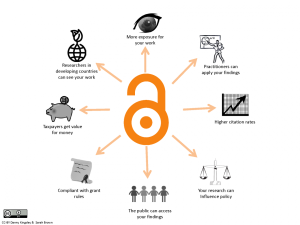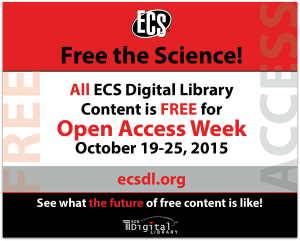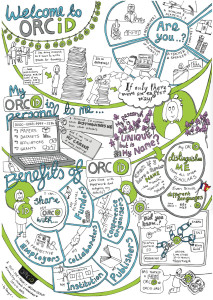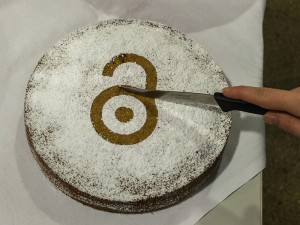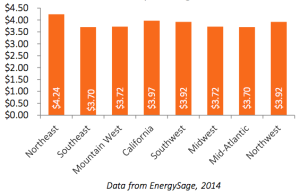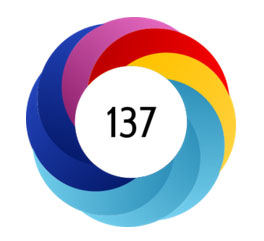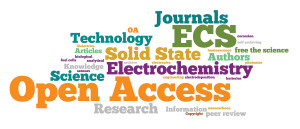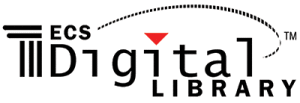 We are collecting stories from you about how having our peer-reviewed content from the ECS Digital Library has made a difference in your work.
We are collecting stories from you about how having our peer-reviewed content from the ECS Digital Library has made a difference in your work.
Did you find content in our digital library that you would not have otherwise had access to that shaped your thinking and your research?
In 2014 ECS Digital Library started offering a portion of our published articles as open access. It was the start of our bold commitment to what we are calling — Free the Science. Through this mission-driven initiative, we are striving to open access to the entire ECS Digital Library–making all content from ECS journals freely available to all readers, while remaining free to publish for authors.
We caught a glimpse of the Free the Science ultimate vision during Open Access Week in October 2015: We made 100% of the content in the ECS Digital Library completely free to access for seven straight days and saw a 51% increase in the Journal of the Electrochemical Society usage compared to the same week in 2014.
We want to tell your story. Or maybe you know someone who our open access research has helped. Please contact me at Rob.Gerth@electrochem.org.


